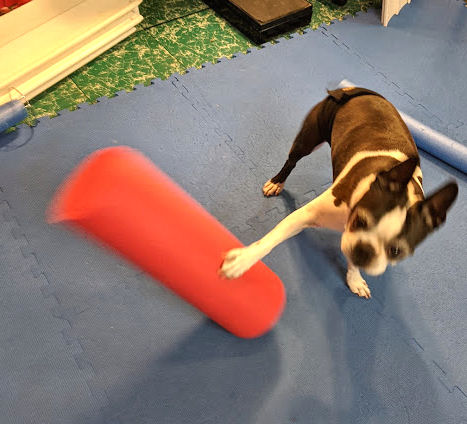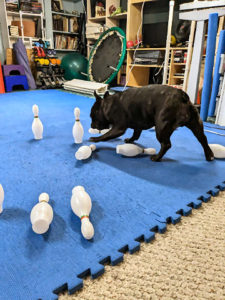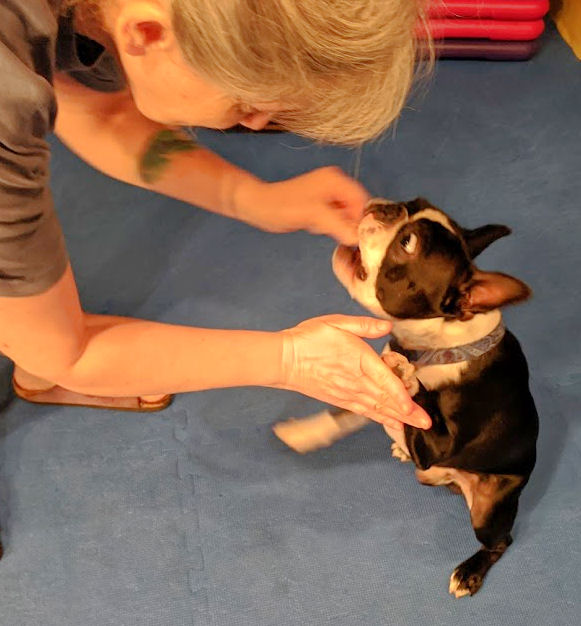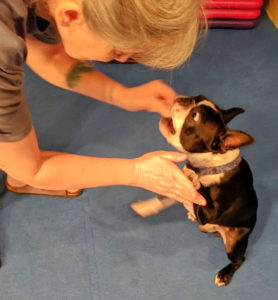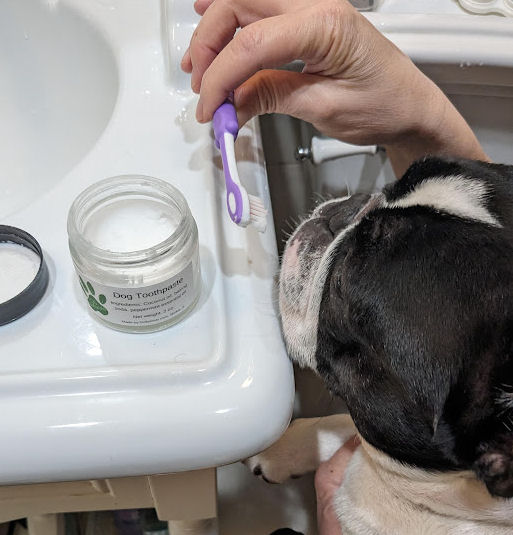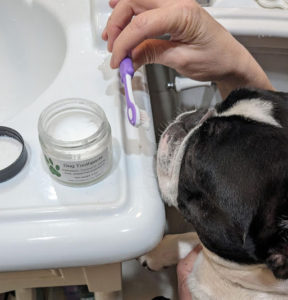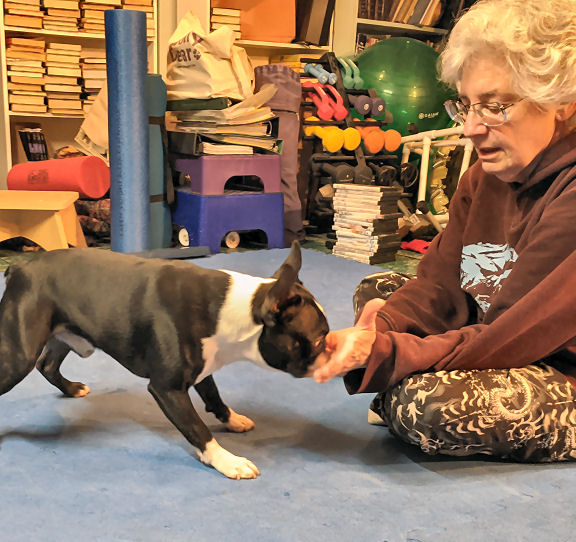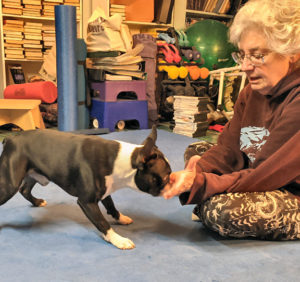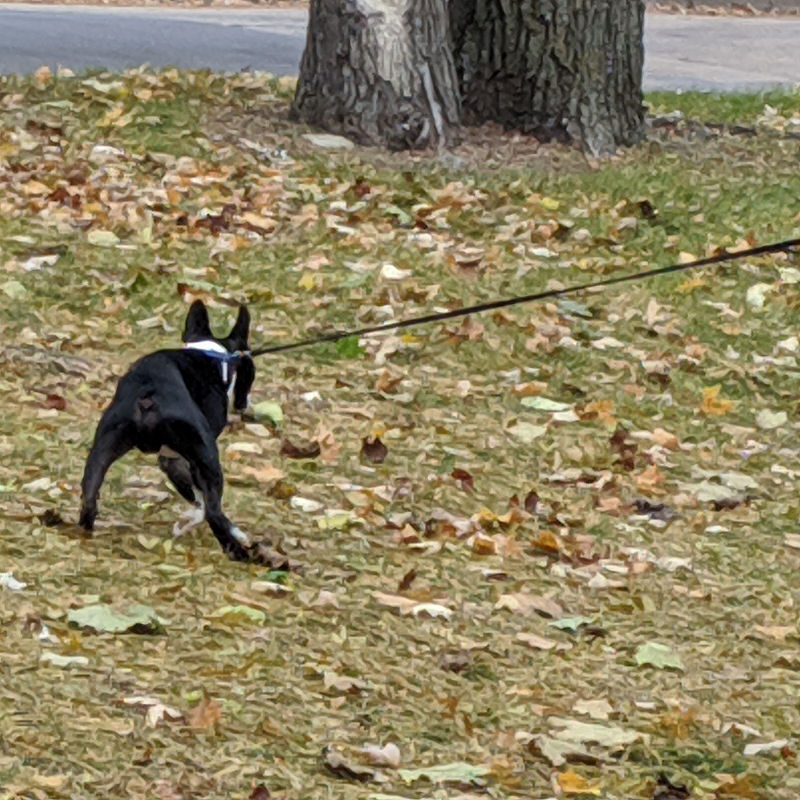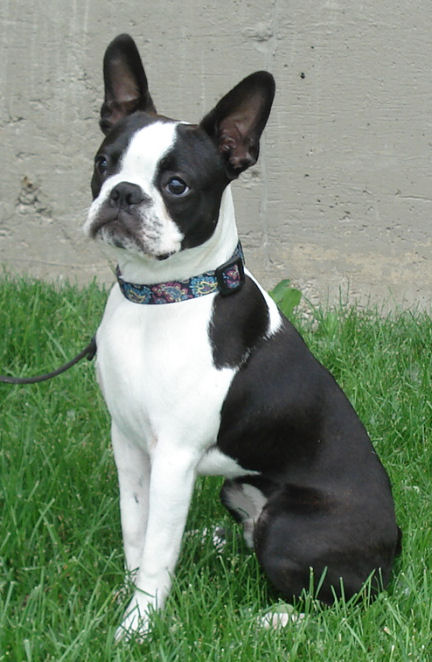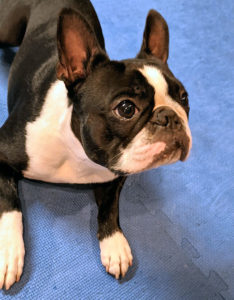The “What’s That?” dog training game helps your dog explore the world with confidence. It’s great for every dog, but can be life-changing for shy or timid dogs.
It also encourages you to shop in one of our favorite places for dog-training gear – your local dollar store. You’ll want a variety of different objects. Vary the size, shape, and material the objects are made from. You can certainly start with stuff you find around the house. Just be sure that nothing you use is breakable or cherished by someone.
First step:
Get your clicker, your timer, a boatload of treats, the object you’re playing the game with, and your dog. When you’re ready, start your timer and place the object on the floor.
Typically, your dog will glance at the object. Click and reward near the thing. Looking at it is the first step. If your dog doesn’t keep looking at it, stand over the object and stare at it (like in “Boxey”). Kneel if you need to get closer. Your dog will probably be confused, especially if you’ve spent their life telling them “leave it.”
That’s okay. Be patient. Stare at the object and wait for your dog to look at it again. You’ll almost be able to see your dog shrug and think “I don’t see what’s so fascinating, but she thinks it is, so I’ll humor her.”
When your dog has received three to five rewards for looking at the object, it’s time to ask for more. It can be anything – nosing at it, pawing at it, stepping on it, mouthing it, licking it. Whatever your dog does, click and reward near the object.
You never know
Every dog is unique and despite knowing your dog well, you can’t predict how they’ll react to different objects.
In Hope’s Beginner Obedience class there are two dogs with opposite personalities. One, a Newfoundland, seems outgoing, confident, and ready for any game.
The other, a miniature Poodle mix, is shy and often tries to hide behind her mother.
Which dog do you think was freaked out by the idea of walking on bubble wrap? To everyone’s surprise, the Newfie was scared of it. The Poodle mix didn’t really even notice it was there and danced right over it.
Take it at your dog’s pace
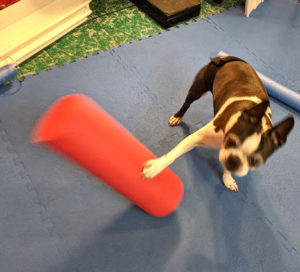
Decide what the goal is for every object you introduce to your dog. If it’s something they can pick up, you may want them to pick it up and hold it. Something like a small white board that you can write messages on. It may be something you want them to carry, like a small tote bag. Or a foam roller you want them to push. Or a step you want them to sit on.
With your ultimate goal in mind, shape your dog’s behavior with your rewards. Remember that what gets rewarded gets repeated. If you want your dog to hold the object in his/her mouth, only click and reward for using his mouth. Every object can have its own game, but they all start with “What’s That?”
Next step
You can also let your dog guide the direction of what’s that. If you don’t have a particular goal in mind, see what your dog does with the thing and go with it. Always ask for more after your dog has received a few treats for a particular interaction. Look can be followed by sniffing, licking, pawing, etc.
If your main objective is to build your dog’s confidence, you can set up a circuit of different things around your training area. Encourage your dog to check each one out. If they’re not interested or confused, go stand by the object, stare at it, move it a little, and wait for your dog to come check it out. With patience, it will happen.
Expanding their world
“What’s That?” can be played anytime, anywhere, as long as you have rewards with you. When you’re out on a walk and your dog sees something new and different, how do they react? If they’re hesitant, it’s time to get enthusiastic and say “What’s That? Let’s go see!”
The more things your dog has the opportunity to explore, the more confident they will become. Once they’re familiar with the “What’s That?” game, they’ll know they’re safe if you’re encouraging interaction.

